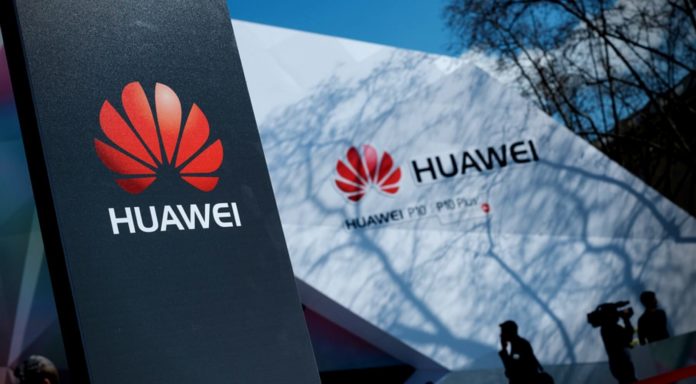
China’s largest tech giant Huawei Technologies invested a significant US$22.1 billion into research and development with the aim of thwarting crippling US trade and investment sanctions.
Very few companies devote more of their revenue to R&D than Huawei Technologies, particular since the US sanctions kicked in three years ago in 2019.
Huawei almost doubled its R&D budget over the past five years to US$22.1-billion in 2021 alone — more than any company in the world outside America.
The figures was 22.4% of its sales that year, nearly double Amazon.com’s and Google-owner Alphabet’s proportions and more than triple iPhone-maker Apple’s. Only Meta Platforms came close with 20.9%.
That move underscores Huawei’s do-or-die effort to develop chips, networking gear and even smartphones free of American technology, barred since 2019 after Washington accused Huawei of jeopardising US national security. The sweeping sanctions wiped out nearly a third of revenue in 2021, inflating the ratio the Chinese firm spent on research — though that’s still up in absolute terms from the previous year.
“The true value of Huawei lies in the R&D capabilities we have accumulated though our constant, long-term investment in research,” Meng Wanzhou, the eldest daughter of billionaire founder Ren Zhengfei, said in March during her first briefing since emerging from house arrest in Canada on charges of violating US sanctions. “It’s in the company’s basic law that we will spend 10% of our annual revenue in R&D.”
Huawei, which isn’t publicly traded, was one of just six companies worldwide that spent more than $20-billion on R&D last year. Its tally rivalled Microsoft’s and came in about $1-billion less than Apple and $2.5-billion shy of Meta. That approach has paid dividends so far — the Chinese networking giant received 2 770 US patents last year, putting it at number 5 behind perennial leader IBM, according to an independent study.
Amazon and Alphabet towered over all with total outlays of $56-billion and $31.6-billion, respectively. The median among the 15 companies in the SuperTech Index was $2.9-billion.
While sanctions imposed during Donald Trump’s presidency have hobbled its smartphone business and barred its 5G gear across parts of Europe and Asia, the company has managed to raise capital by selling off assets and relying on its industry-leading IP portfolio. In 2021, Huawei sold its Honor phone unit to a state-led conglomerate, and unloaded its x86 server business on another Chinese consortium.
But there are limits to its spending capacity.
Slowed
While Huawei’s 2021 research budget doubled from five years earlier, based on its annual reports, the yearly growth slowed. Meta quadrupled its own spending — a function of its new focus on developing metaverse technology. Amazon more than tripled its own R&D budget, according to calendar-year figures, reflecting different fiscal periods.
The Chinese firm said it had 195 000 employees in 2021, of which 107 000 — 55% — “worked in R&D”. An accurate comparison of technical staff is difficult as various companies use different definitions. By comparison, about 60 000 or a third of Microsoft’s employees are classified as R&D staff, according to its annual report.
“The problems Huawei faces right now can’t be solved by cutting expense,” Guo Ping, the former rotating chairman and now chairman of Huawei’s supervisory board, told reporters during the briefing. “Huawei cannot acquire advanced technologies, we have to increase investment in technology development.”










